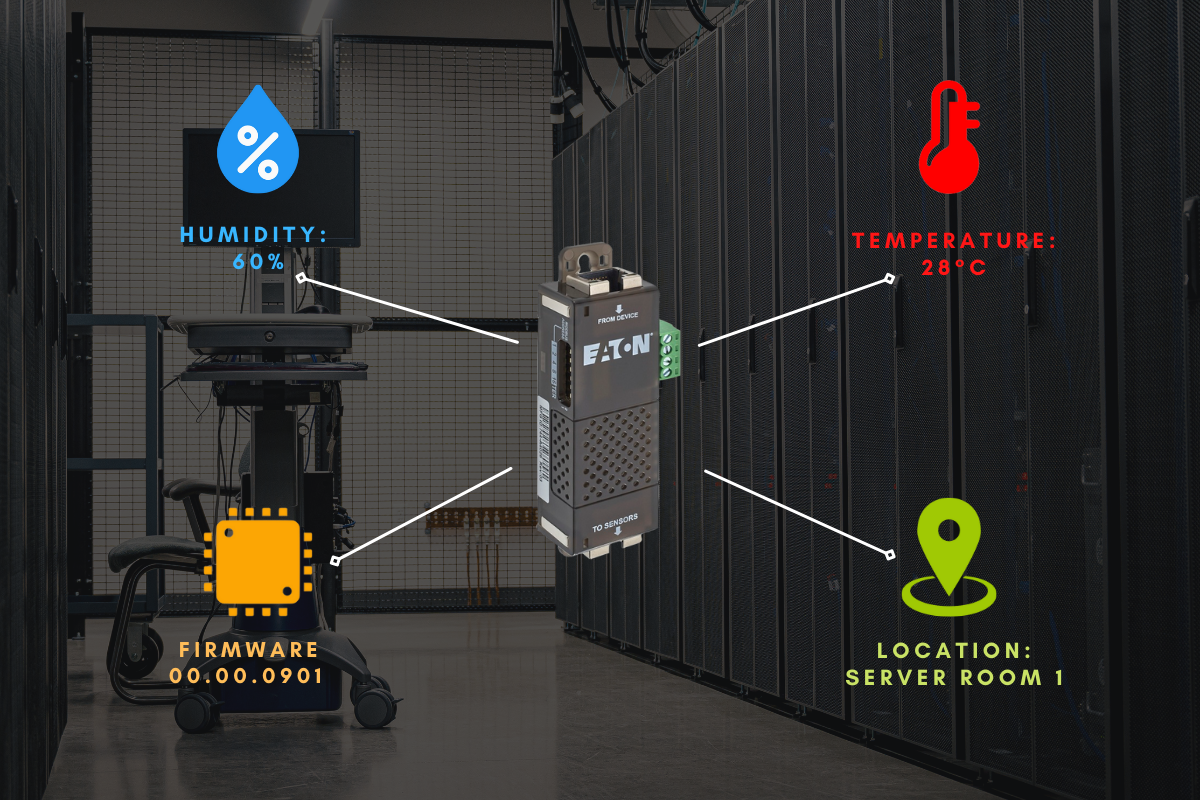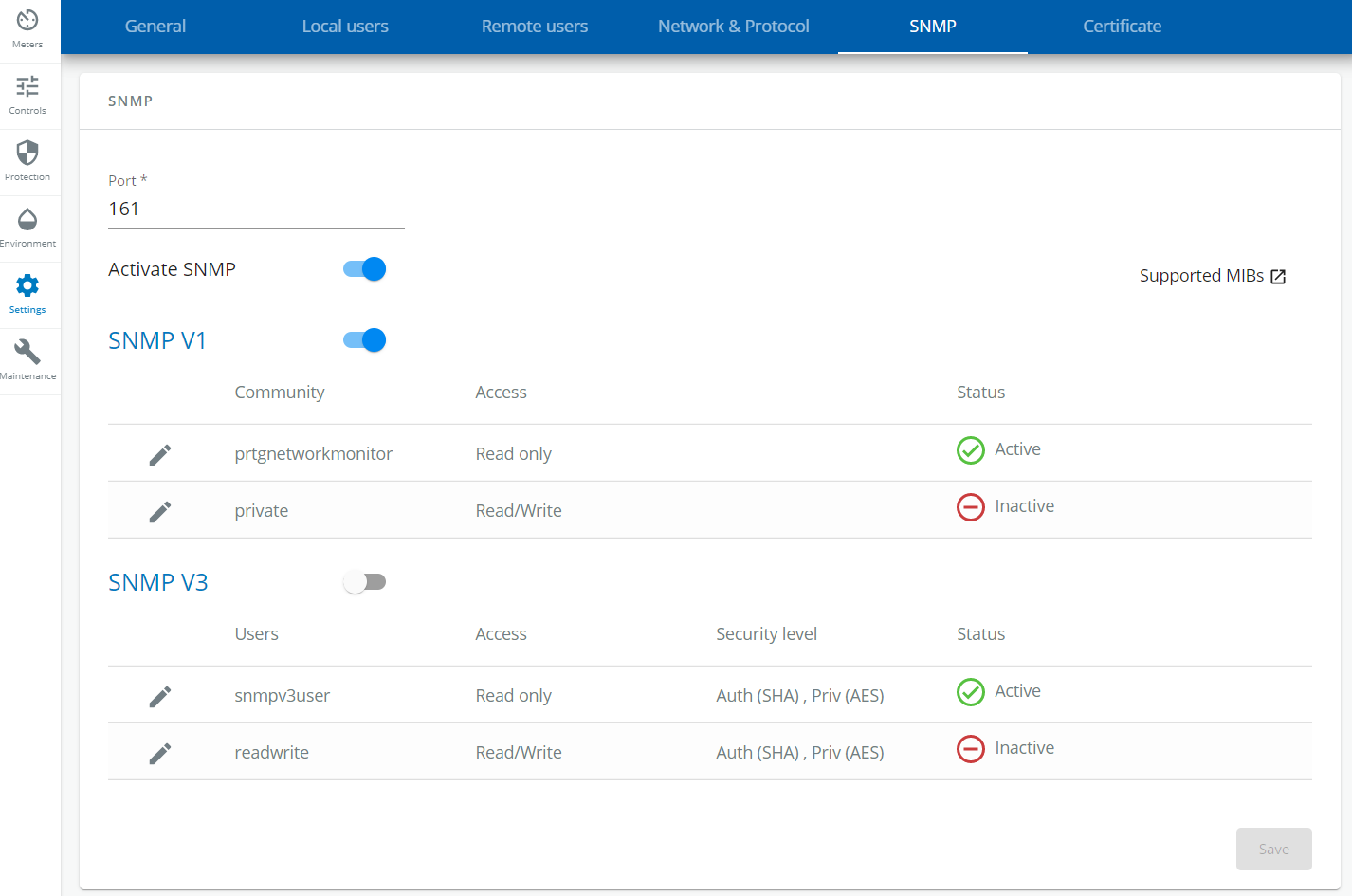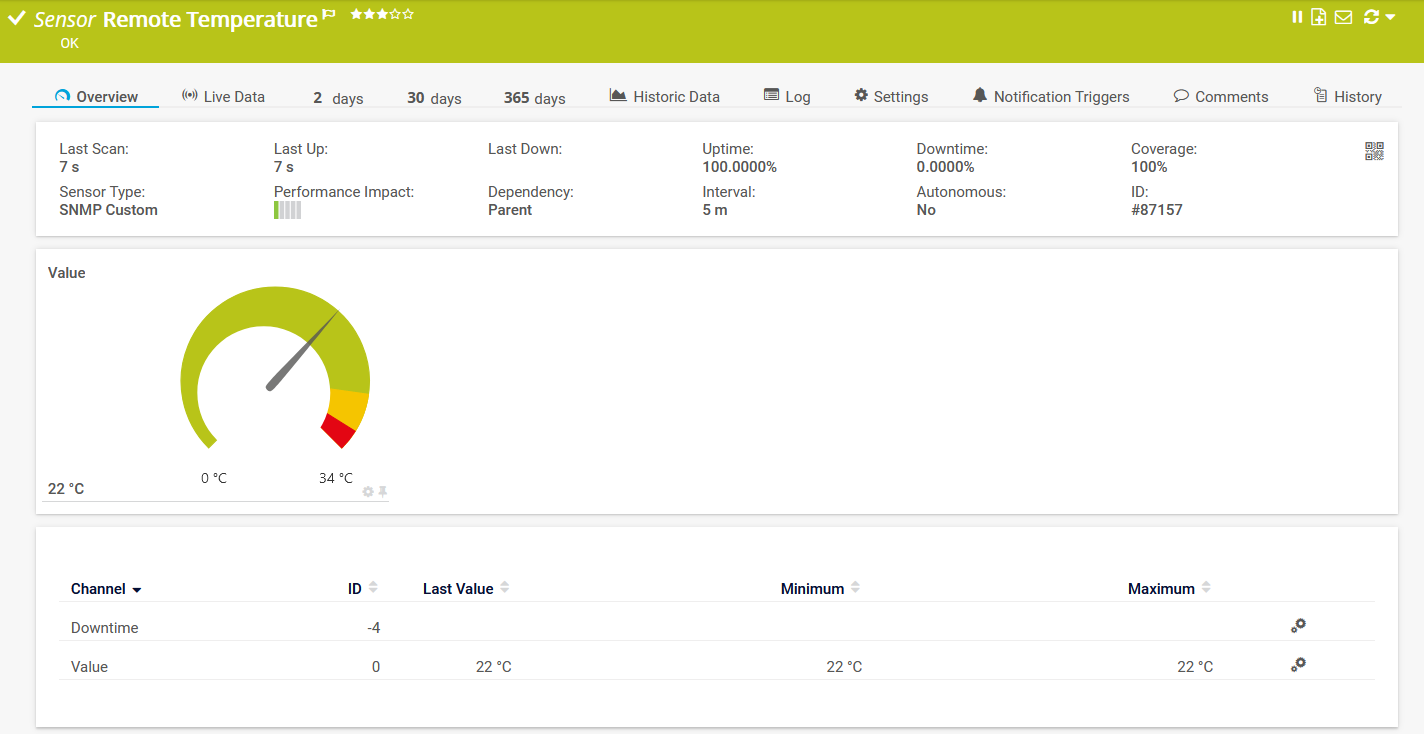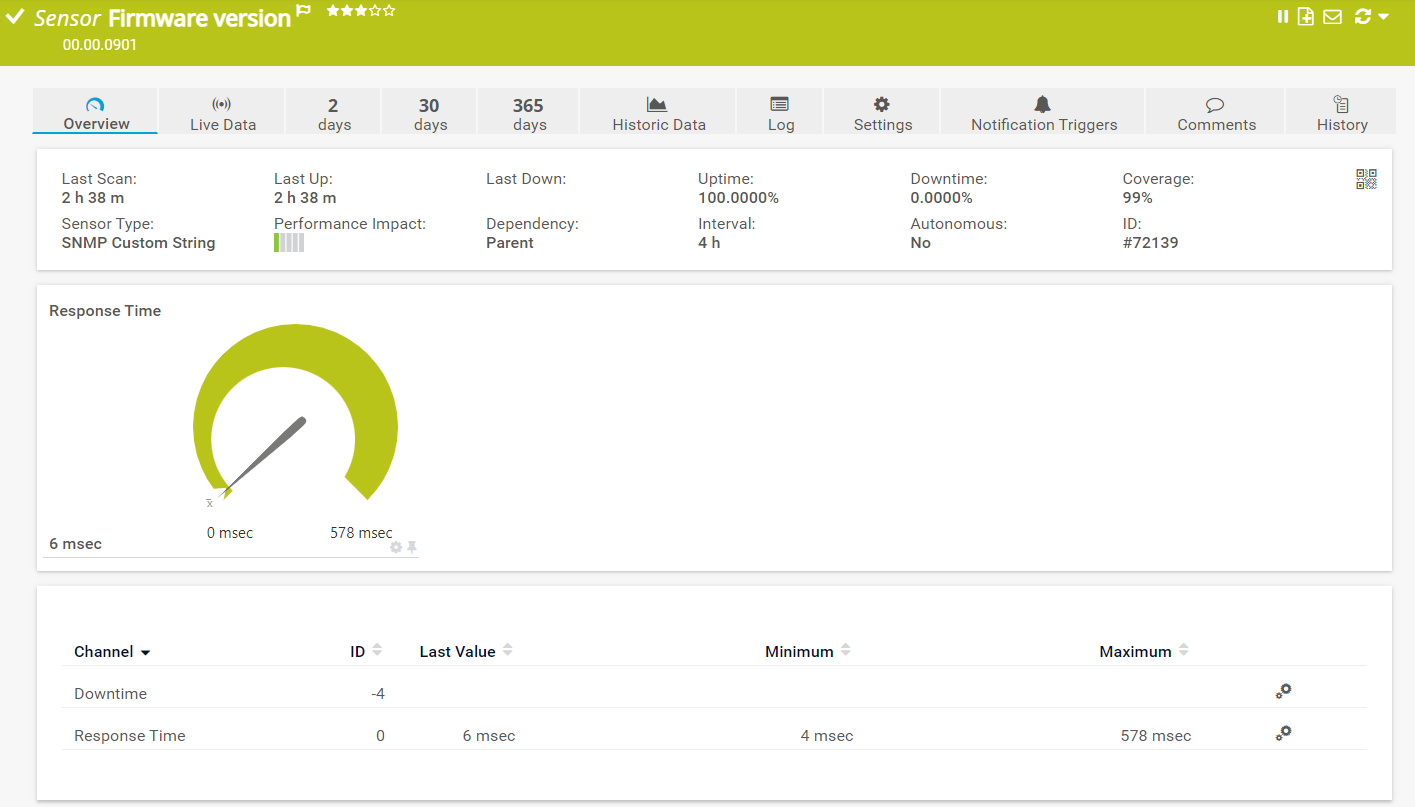Eaton is one of the strongest vendor manufacturing data centers, from network closets, server rooms top facility infrastructure. The topic of this article is about monitoring temperature and humidity in these server racks using Eaton EMP Probe sensors.
I did implement a few EMP probes, and I’ve decides to share my experience with you. When you purchase your Eaton UPS or PDUs, don’t expect EMP Probe sensor as part of the package.
You need to buy it additional. Here, in Germany single EMP Probe sensor costs approximately 150 EUR. You can connect one EMP probe sensor, or do daisy chaining.
Environmental Monitoring Probe (EMP) enables you to collect temperature and humidity readings and monitor the environmental data remotely.
EATON
The goal of this article is to show you three steps, from installing EMP Probe in server rack, configuring SNMP on Eaton UPS to getting metrics you need in your network monitoring solution, in my case PRTG Network Monitor.
For writing this article, I run my workloads on powerful mini PC - Intel NUC powered with the CPU i7 the latest generation, 64 GB RAM DDR4, 256 M.2 SSD. Intel® NUC Mini PCs are fully complete and ready to work out of the box. You can learn more here Intel® NUC Products.Step 1: Install EMP probe sensor
In the first step, you need to install EMP probe sensors in your server rack. There are different mounting capabilities including magnets, keyholes, tie wraps and nylon fastener.
EMP probe must be connected to Eaton UPS or ePDU via EMP port. The USB cable is supplied in the box with EMP probe.
Practically, that would looks like this.
Once you install it to network module, you need to connect to your UPS and check if EMP probe is registered successfully. You need to open UPS web UI > Environmental > Commissioning/Status and click Discover.
In my case, Eaton UPS has recognized EMP Probe EMPDT1H1C2 @30.
It also shows temperature and humidity. But this is not enough. We want these values in our network monitoring solution. You need to enable SNMP.
Step 2: Enable SNMP on Eaton UPS
The metrics you need, temperature and humidity, are collected via SNMP. Eaton supports SNMP v1 and v3. It is up to you to decide what version you want to use. The procedure of enabling and configuring SNMP is quite straightforward.
- Log in to your Eaton web UI.
- Click on Settings > SNMP.
- Enable SNMP v1 or v3 (secure monitoring) and then click Save. You need to add community string and access rights. In my case community string is prtgnetworkmonitor.
- Congratulations. You have successfully activated SNMP.
Step 3: Start monitoring
It’s time to collect metrics with network monitoring solution, in my case PRTG Network Monitor. We will monitor the following; temperature, humidity, firmware version and EMP probe location.
Remote temperature can be monitored using SNMP Custom sensor and OIDs 1.3.6.1.4.1.534.1.6.5.0. As the result, your sensors may look like in the screenshot below. The temperature in server rack is 22 Celsius. You can customize limits and get a notification if a certain threshold is crossed.
Remote humidity can be also monitored using SNMP Custom sensor and OID 1.3.6.1.4.1.534.1.6.6.0. As the result, your sensors may look like in the screenshot below. The humidity in server rack is 23 %. You can customize limits and get a notification if a certain threshold is crossed.
Firmware version can be monitored using SNMP Custom String sensor and OID 1.3.6.1.4.1.534.6.8.1.1.2.1.10.1. This sensors will show you the current installed firmware version, and if new firmware is available, but not installed. As the result, your sensors will look like.
EMP Probe location is also one of important metrics, especially if you have tens of EMP devices. You can monitor it using SNMP Custom String sensor and OID 1.3.6.1.4.1.534.6.8.1.1.3.1.2.1. As you can see, this EMP probe is installed in Server Room 1.
PRTG provides you with Map Designer. By using it, you can visualize the devices and sensors you are monitoring. This is just a small portion of what you can do with Map Designer.
That’s all for today. If you found this article helpful, please share it with your friends and network on LinkedIn or any other social media platform.
How do you monitor your datacenter temperature and humidity? I’m curious to learn more from you.













